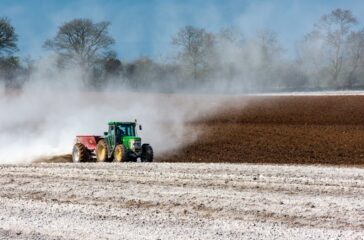Flaws in carbon credit programs for farms draw concerns
As fears about climate change grow, a new “gold rush” of carbon credit programs are incentivizing US farmers to slash greenhouse gas emissions generated by the practices they use growing crops and raising livestock. But experts say the programs face difficulty in ensuring that the credits provided truly match emission cuts.
 EWG
EWG